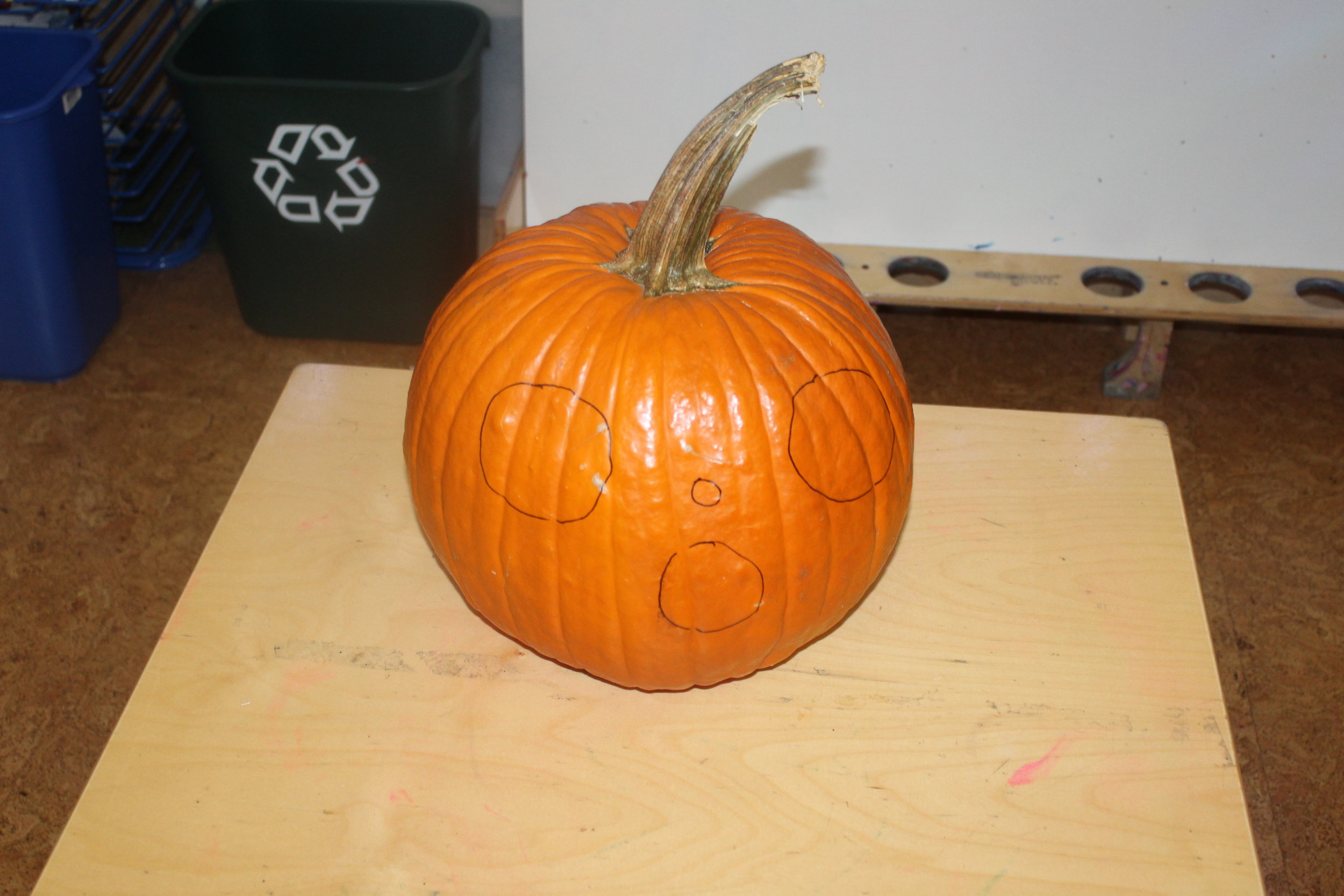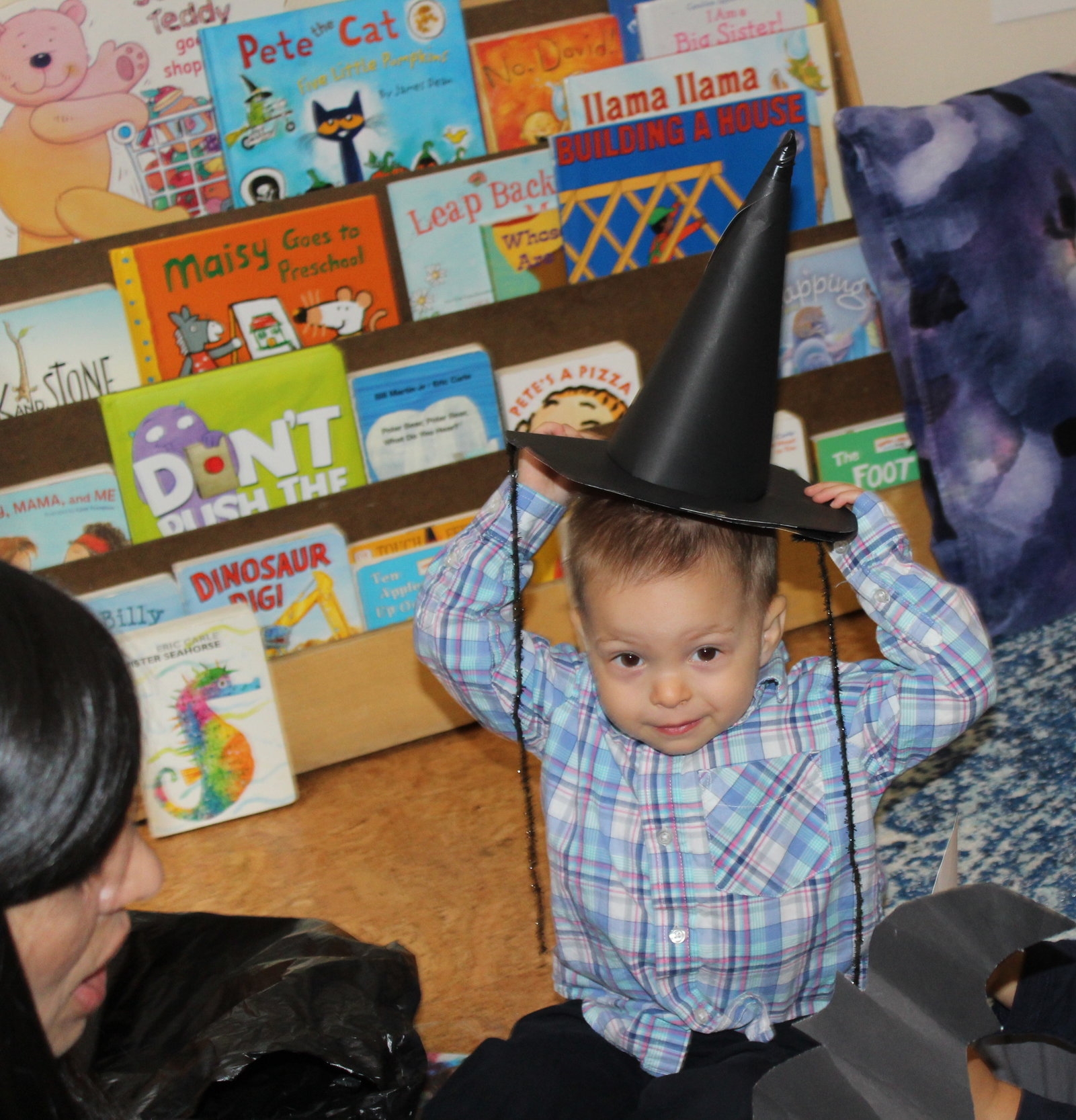Children Wooden Unit Blocks have been the standard for the classroom because of their proportions, (length is twice the width, width is twice thickness). They facilitate the learning of spatial concepts and simple geometry. Building with blocks promotes skills that involve the whole child. Each child moves their muscles differently to build and create structures.

Leo explored and discovered different shapes in the block area. He appeared to be interested in the pillar blocks. Maneuvering and touching each side of the block, helps him build with confidence. He maintained a steady grip as he carefully placed one on top of another and formed a vertical line.
Teacher: “What is Leo building?”
Leo: “A tower!”
Teacher: “Who lives in the tower?”
Leo: “People!”
Teacher: “What are the people doing in the tower?”
Leo: “They are playing with the Jack Hammer!”
He then changes the blocks position, “Look, a skyscraper!”
We sing a variety of songs in the classroom; Jack Hammer is one of them.


Playing with toys is an essential part of a child's development. The railroad system can provide a great stimulus for creative play. Train tracks are innovative, they promote problem-solving, imagination, language, socialization, and fine motor skills. Straight, curve and bridge style tracks help children to put train tracks together and put them in different ways. It is limited to his/her imagination. Connecting the tracks, children will be able to understand that the train can move forward and increase the speed of a train movement.
Each piece stimulates Nathaniel’s imagination and creativity. It also enhances problem-solving skills. Nathaniel created his own track configuration. He carefully chose and connected each track. He observed and focused on each track, making sure it fits.

Young toddlers are instinctively motivated to grasp and feel blocks. They explore and discover different shapes in the block area.

It was time to create a face for our class pumpkin! Therefore, we voted on three different shapes, circle, triangle, and square. Using white paper, we cut small pieces of each shape. They were placed on a yellow tray and during circle time, we asked the children to select the shape they want.






Circle won!


Teacher: “What is Sandra doing?”
Leo Billig: “She’s cutting!”
Teacher: “Why?”
Leo Billig: “To see what’s inside the pumpkin!”
Teacher: “What shape is the nose?”
Leela: “Circle!”
Teacher: “Is the nose big or small?”
Leo Billig: “Small!”








We asked the children, “Can you show me the face the pumpkin has.” Leo immediately demonstrated the facial expression.

Spanish: She read a story about emotions and colors!



Cooking with Diane: “Magic Potion!”
Apple juice and grape juice mixed together.






These manipulative are aimed to develop and strengthen fine motor skills, color recognition, sorting, counting, and patterning. Pegs foster the pincer grip (a small object held between the thumb, index and middle finger).



Counting Pegs:
We put some pegs in a box and counted them during circle time. We counted first in English and then in Spanish. Counting is not only articulating numbers but understanding the concept of numbers. Utilizing moveable objects such as counters, blocks and small toys, makes number activities fun and easy to learn.

Painting with Balls (Part of our Social/Emotional Project)
The art activity involved the upper body as the children focus on rolling and pushing the sensory ball with their hands. They each selected the colors, and as they moved the ball back and forth, the ball left a trail of painted dots as it rolls across the paper. The children enjoyed this activity since it involved paint and movement. Concentration and eye-hand coordination are two crucial elements that kept the ball moving back and forth. Another important aspect of the activity is that the children worked as a team to create fantastic artwork.
Oliver appeared uncomfortable touching the paint with his hands or perhaps it was the sensory ball covered with paint. We provided different paintbrushes for Oliver to explore. He selected a sponge-like brush and pushed the ball with the art tool. As children interact with materials, it is essential for them to feel at ease as they engage.

Ice Painting:
Ice painting is a combination of science and sensory exploration. We poured some tempera paint in an ice cube tray and allowed it to freeze overnight. The children used square pieces of corrugated cardboard to explore the colors. They seemed curious as they investigated the paint with their hands and paintbrush. Some tried to crush the ice cube with the paintbrush, whereas the others, tapped gently. We will continue this activity next week..
Nathaniel: “That’s hard!”
Leela:”Cold!”


Water Exploration with cups, sponges, and submersible lights.






Exploring Rubber Band Painting:
Each child maneuvered and manipulated the new art tool differently.





We went for a stroll and we noticed a familiar truck. We asked the children what it was. Both Leo’s yelled out, bulldozer!
What color is the bulldozer?
Leo Shafter: “Yellow!”
How many wheels it has?
Leo: “Two, wheels!”



